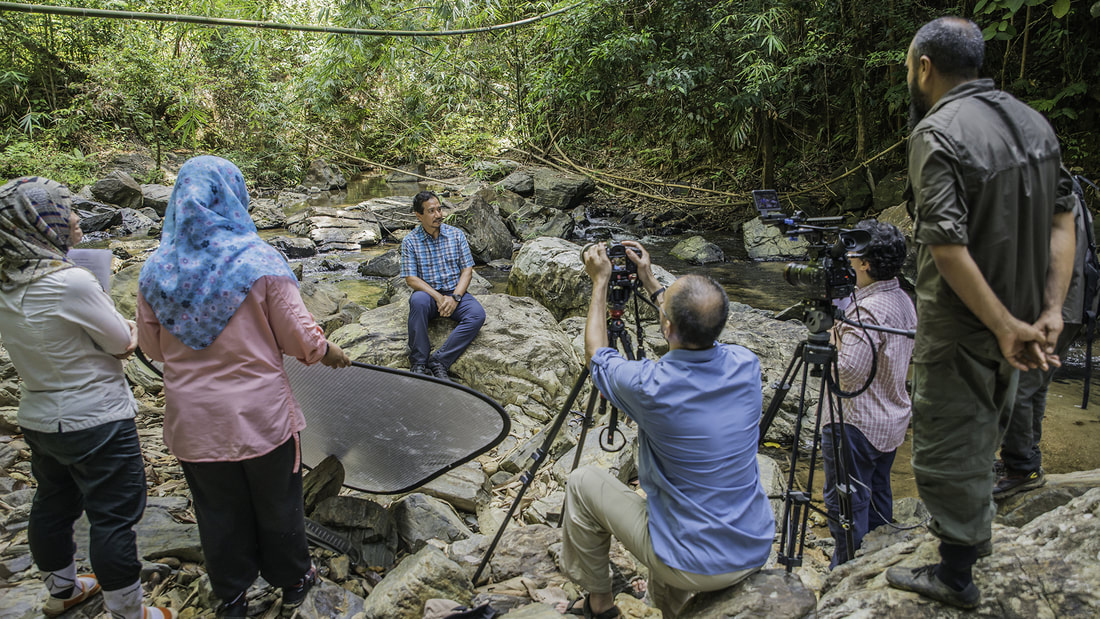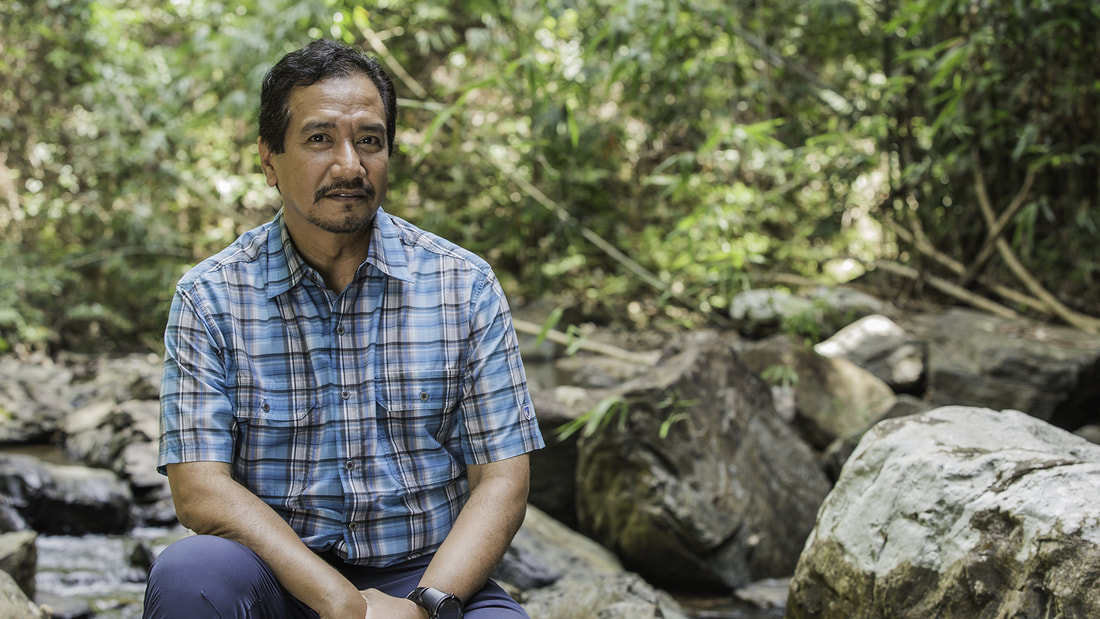|
We reached out to our festival filmmakers to ask them questions about the experience of making their films.
Answers provided by Lara Ariffin.
What inspired this story? We are losing tigers in Malaysia - today there are less than 250 in the wild and not enough is being done to save them by the authorities. In my generation, Malaysia has lost the Sumatran Rhino and the leatherback turtle and we refuse for the tiger to also disappear on our watch. As a company, we have decided to work on short films on a pro-bono basis that will engage a particular community or target audience. We decided that Harimau Selamnya, (Tigers Forever), will be made for Muslim villagers living close to the forest that are could be involved in poaching and hunting of tigers. Were there any surprising or meaningful experiences you want to share? Getting His Royal Highness Sultan Mizan on board this project was a wonderful surprise. Quiet by nature, he was camera shy but pushed his own boundaries by putting himself out there. As the head of Islam in the state of Terengganu, his word makes a big impact to the people of the state. What impact do you hope this film will have? The film has already been crucial in helping to get a fatwa, or religious edict, passed in the state - banning the hunting of tigers and threatened wildlife. The film has also been shown in mosques around the state and the message used in Friday prayer sermons. We have been able to get it shown on local television as a filler. We hope to continue our efforts of spreading awareness to other Muslim villagers in other states. Describe some of the challenges faced while making this film. One of the biggest challenges is keeping the message as simple as possible for the target audience. As the film is completely on a pro-bono basis, we are restricted by the number of days we can put into the film. What drove you as a filmmaker to focus on big cats? The tiger is the jungles most elusive but most formidable creature but humans have brought it to its knees - from more than 3,000 in Malaysia in the 1950’s, there are now less than 250. Never has the plight to save them been so desperate and urgent.
0 Comments
Leave a Reply. |
Archives
March 2024
Categories
All
|
Contact UsJackson Wild
240 S. Glenwood, Suite 102 PO Box 3940 Jackson, WY 83001 307-200-3286 info@jacksonwild.org |




 RSS Feed
RSS Feed